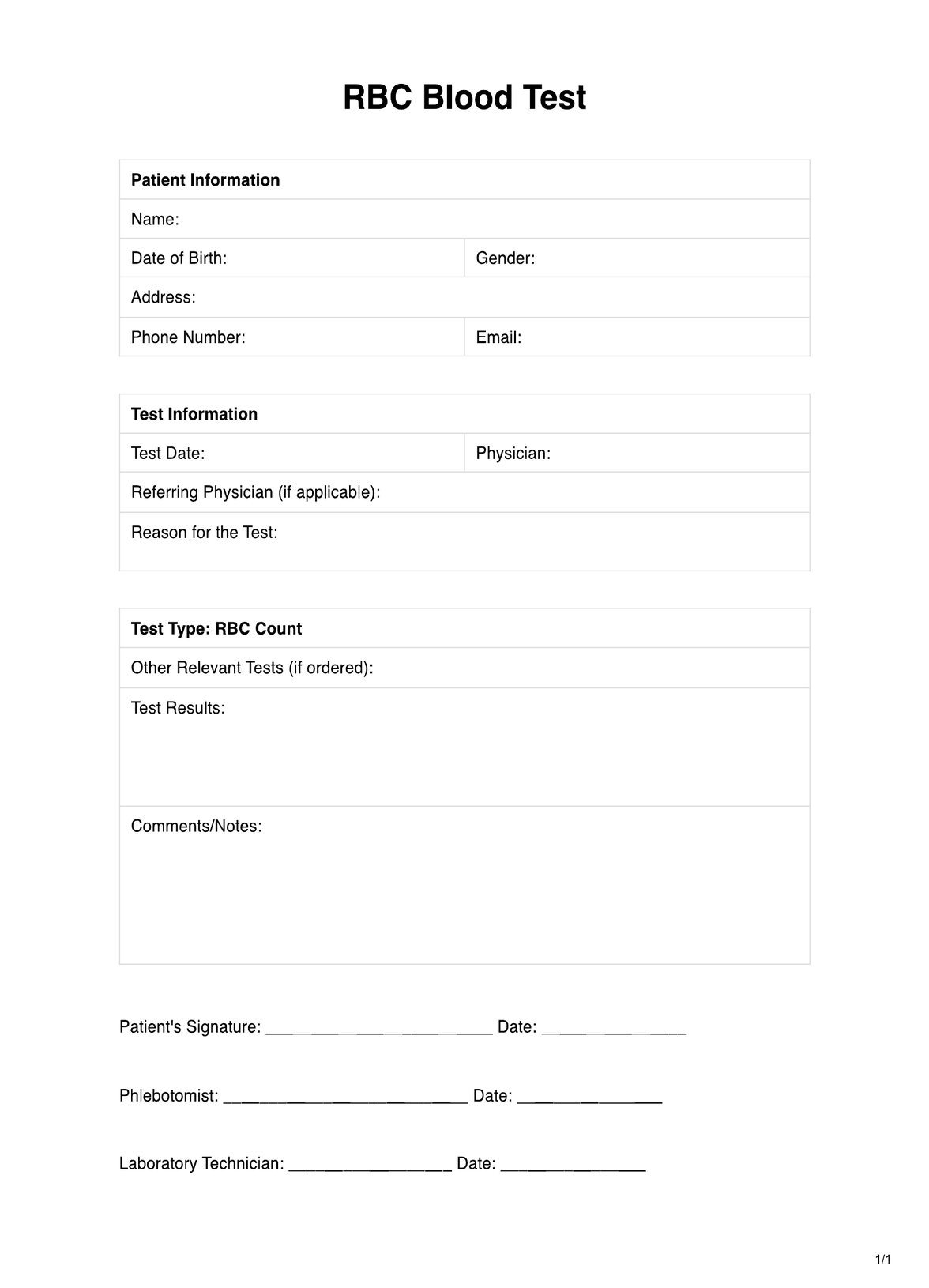Doctors, nurses, or other healthcare professionals typically request these blood tests to assess a person's health.

Need to assess red blood cell count? Learn more about the significance of the RBC Blood Test for accurate diagnoses and patient care.
Doctors, nurses, or other healthcare professionals typically request these blood tests to assess a person's health.
These are used when a healthcare provider checks a patient's red blood cell count to diagnose conditions like anemia, monitor chronic illnesses, or evaluate overall health.
These are performed by taking a small blood sample, usually from a vein in the arm, and then analyzing it in a laboratory using specialized equipment.
EHR and practice management software
*No credit card required
Free
$0/usd
Unlimited clients
Telehealth
1GB of storage
Client portal text
Automated billing and online payments